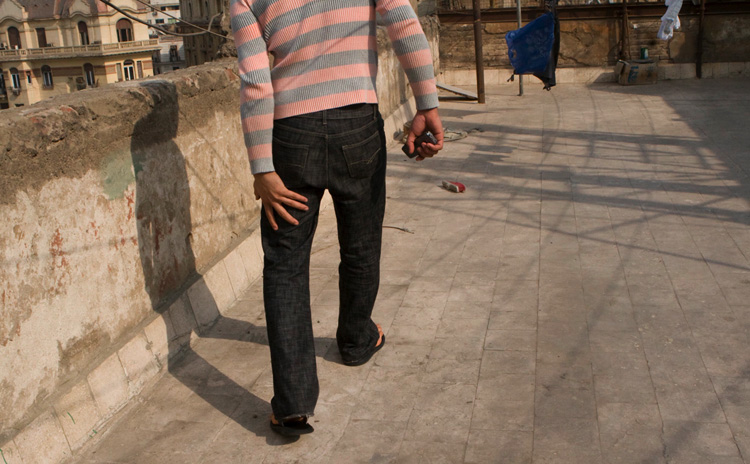
Muscle strain is never an easy pain to manage. This is especially true with muscle strains in the lower back. If you’ve ever heard of someone “pulling out” their back, they are most likely experiencing a strained muscle. This is not an uncommon experience — in fact, over 80% of the population will suffer from lower back pain at some point in their lives. Back problems are actually the most common complaint to health care professionals after headaches.
The back is an incredibly complex structure. It consists of bones and muscles that are supported by tendons, ligaments, and cartilage, all sustained by blood vessels and nerves. The lower back bears much of the body’s weight throughout the day, making it possible for you to walk, run, and lift. This is also why strained muscles in the lower back are so common and difficult to handle.
Causes and Symptoms
In general, muscle strains happen when muscle fibers are damaged in some way. When these muscles are overstretched or torn, the area surrounding the muscles may become inflamed. This inflammation causes the back to spasm, which causes lower back pain and makes it difficult to move or complete daily tasks.
Any type of movement that puts excessive stress on the lower back can cause muscle strain. Lifting heavy objects, playing sports, frequently picking up children, lifting while twisting, and sudden movements can all lead to a pulled muscle. For some, this stress only results in a mild ache, but for others it could lead to sudden and debilitating pain. Typical symptoms associated with a muscle strain in the lower back are any combination of:
- Pain localized in the lower back
- Soreness to the touch
- Sudden pain
- Muscle spasms
- Difficulty walking or standing
Treatment
Fortunately, time will heal most muscle strains in the back. Healing time can range from a few days to a few weeks.
Typical first-line treatments include some combination of:
- Over-the-counter medication: You can try pain medication like acetaminophen to interrupt transmission of pain signals to the brain OR anti-inflammatory medication such as ibuprofen to reduce the pain-causing inflammation.
- Muscle relaxants: Your doctor may prescribe these to you on a short-term basis to relieve severe lower back pain.
- Massages: These can help promote blood flow in the lower back to help in the healing process and loosen any tight muscles.
- Chiropractors: Gentle physical adjustments and manipulations can help to loosen a tight back. (Read more about whether this would be a good option for you.)
Prevention
The muscles in the lower back have a large blood supply to bring all of the nutrients and proteins necessary to heal your body. It is impossible to prevent all back injuries, but by following these steps, you can lower your risk of lower back muscle strain:
- Eat a well-balanced diet to keep your body strong and get all of the proper nutrients.
- Be sure to lift properly, from the knees and without twisting.
- Keep your joints and muscles in good condition by exercising and stretching regularly
- Sleep on a good mattress with medium firmness to reduce spine curvature.
- Wear properly fitted shoes to support your back and avoid accidents.
- Maintain good posture while standing, sitting and walking. (ActivAided trains proper postural habits to help prevent back pain.)
Lower back pain can make it difficult to move, but be sure to stay mildly active, even with muscle strain, to avoid atrophy. With the proper rest and care, your muscles should be back to normal within a few weeks. Certain injuries are simply unavoidable, but by taking proper precautions, you can avoid unnecessary pain. Take care of your body and don’t let muscle strain hold you back.
